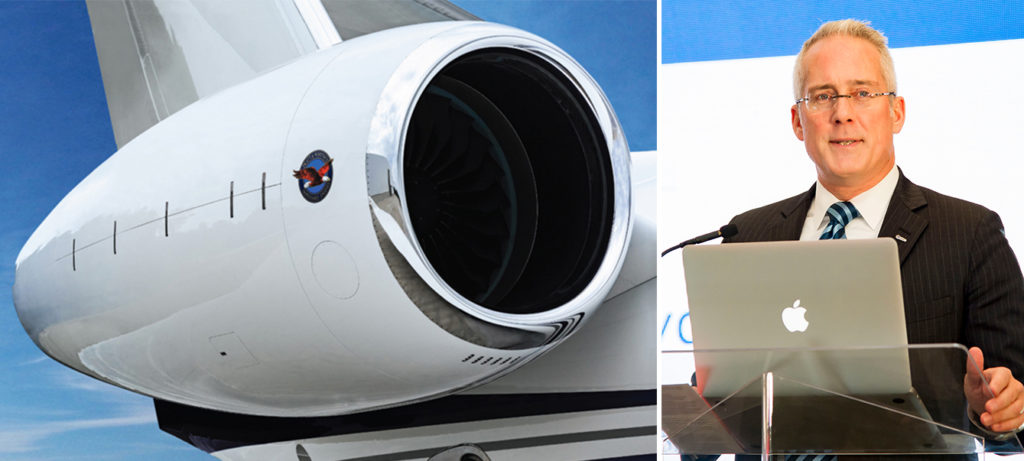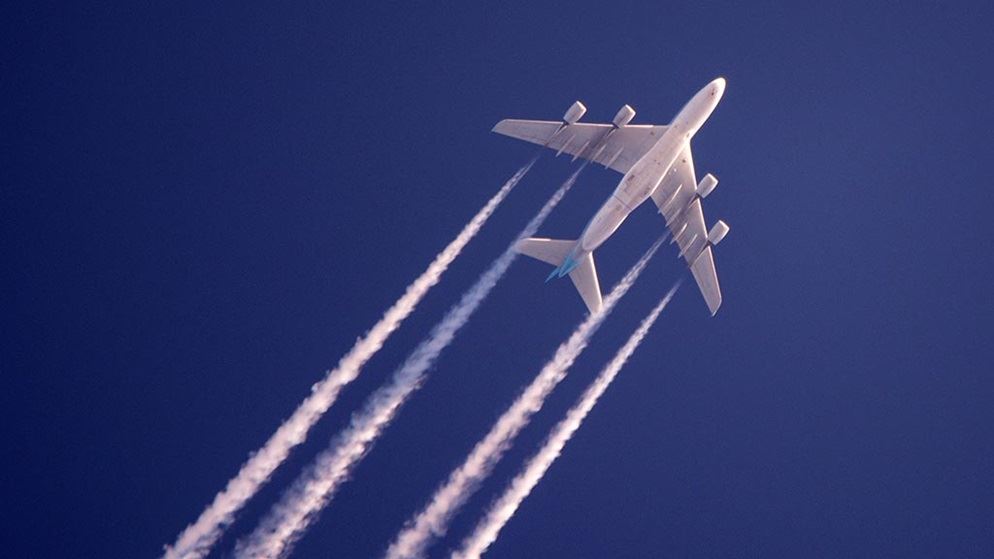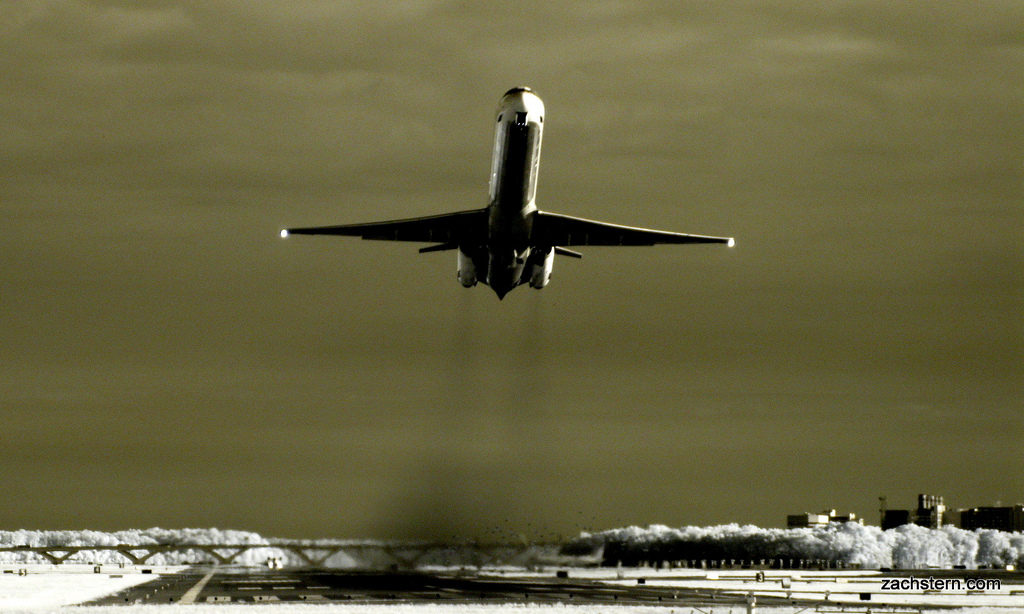Planning a greener future
The CORSIA has been introduced to fill the gap. In reality, this means that after 2020, aircraft operators with operations falling within the CORSIA parameters will offset growth in international CO2 emissions by purchasing carbon credits on an annual basis. A baseline level of emissions will be taken during 2019 and 2020, on which the offset amounts will be calculated in subsequent years, as the industry moves to the final carbon neutral goal.
While the full ICAO Standards and Recommended Practices outlining CORSIA requirements are still in development, the framework is now known. To start with, all operators should be monitoring fuel use as a matter of course. According to Bruce Parry, Senior Environment Manager at EBAA, and IBAC’s Environment Director, there is some concern from operators about the extra administration and how to ensure compliance, although there will be simplified procedures for small emitters within the CORSIA. To this end IBAC in association with its member associations, IATA and ICAO is providing constantly updated guidance. Information is delivered through a number of platforms including the ibac.org website, the extremely helpful Countdown to CORSIA check list, a series of international workshops and CORSIA awareness raising at large international events like ABACE and EBACE. Edwards says: “The CORSIA workshops by IATA, and supported by IBAC, have been well attended, and provide a solid introduction to the fast-approaching CORSIA requirements. We have joined with IATA to get as much information to operators at the earliest so that those that will be affected can get a start on their coming obligations.”
Bizjet exemptions
However, it is anticipated that most business aviation operators will not be covered by CORSIA. Only around 200 worldwide (approximately 100 in North America, 50 in Europe, 50 in the rest of the world) are likely to fall within the remit. There are a number of exemptions, under which many operators fall, which has kept the numbers down. First, the emissions offsetting only applies to international flying; domestic flights are not included within the CORSIA. Operators emitting annually fewer than 10,000 tonnes of CO2 will not be covered. To put this in context a Bombardier Challenger 605 emits a total of approximately 2,850 tonnes of CO2 per annum, if flown for an average of 75 hours a month over the year, while a Falcon 7X would emit close to 3,330 tonnes and a Gulfstream G650 around 4,345 tonnes for the equivalent 900 hours. Individually these aircraft would not fall within the mandate, but as part of a fleet they may get close to 10,000 tonnes.
Those flying aircraft weighing in under 5,700kg MTOW, and those serving humanitarian flights are also exempt. Location is a factor too, with aircraft operating out of small island developing states, landlocked developing countries and least developed countries excepted. That said all operators will be expected to establish a baseline fleet-emissions level by averaging their total CO2 emissions on international flights between participating countries.
“The ICAO Council should adopt in June the CORSIA package, including the global standards that set out the system, and aircraft operators must start monitoring international fuel burn as part of an emissions monitoring plan to be submitted to national authorities by February 28, 2019.”
Supporting this requirement ICAO is developing a free CO2 Estimation and Reporting Tool (CERT) that will enable operators to more easily calculate their emissions.
The CORSIA initiative is just one part of business aviation’s wider commitment to reducing carbon emissions. According to the EBAA, business aviation is said to represent around 2% of all aviation’s CO2 emissions and has been making great strides in addressing the issues above and beyond the CORSIA mandate.
Fuelling change
Air BP, the aviation fuel products and service supplier, has demonstrated significant commitment to supporting the industry in meeting its goals to lower carbon emissions. It now regularly delivers Biojet to a number of Scandinavian airports, and has invested in Fulcrum BioEnergy, a pioneer in the development and production of low-carbon jet fuel. A new partnership with digital platform Victor is trialling an initiative giving customers the chance to offset carbon emissions from Victor-booked flights.
Operators are also playing their part beyond flight operations. Germany-headquartered FAI, which isn’t covered by CORSIA, even though it operates one of Europe’s larger fleets, has already developed measures to lessen emissions. “We avoid carrying unnecessary weight onboard, we optimise a ‘floating base’ concept reducing positioning flights as much as possible by combining missions. This offers an economic benefit as well as helping to reduce carbon emissions,” explains Siegfried Axtmann, Group Chairman of FAI Group. At ground level FAI also used a particular construction technique to build its Nuremberg Headquarters, hangars six and seven, to achieve carbon neutral certification.
Power points
Among engine manufacturers Pratt and Whitney Canada’s PW800 stands out having been designed with the environment very much in mind. The engine’s combustor slashes harmful emissions, the lightweight composite helps to maximise performance, and overall the engine delivers benchmark fuel efficiency with an improvement of more than 10% compared to similar engines in the same thrust class. P&WC is also collaborating with OEMs to develop sustainable engines for aircraft and cites the PW800 as an example recognising that for its customers the green aspect of the engine would be crucial going forward.
Parry adds, “IBAC in partnership with the General Aircraft Manufacturers Association launched the Business Aviation Commitment on Climate Change in November 2009. That detailed a set of measures and goals that would ensure that business aviation contributed to the overall reduction in emissions of the civil aviation sector. Market-based measures, like the proposed CORSIA, were highlighted in contributing to these goals. Everything we do in business aviation towards environment and sustainability has the foundation of this commitment for its activities. This commitment was reviewed in 2015 to ensure that the commitments made were still relevant in the current climate.”
While there is still some way to go, business aviation’s flightpath trajectory is already destined for a lower carbon future.









